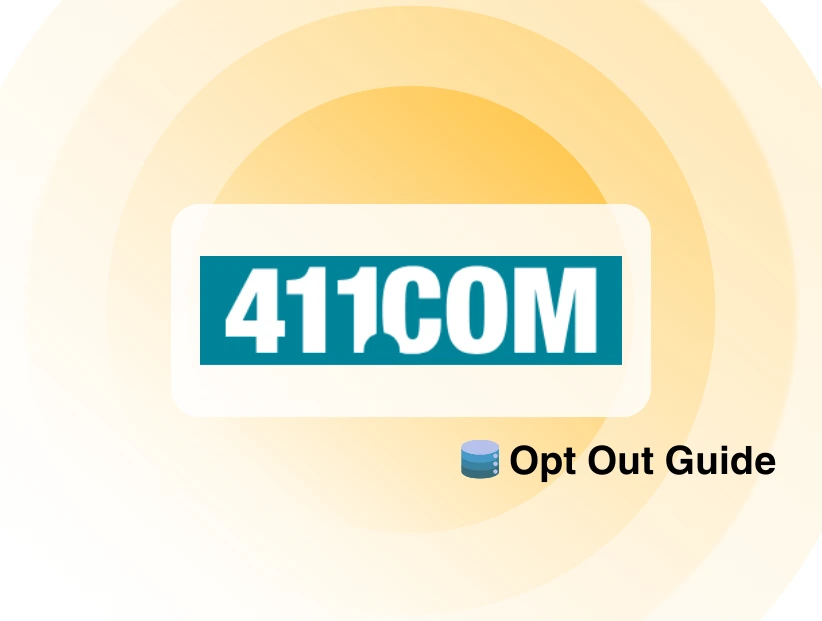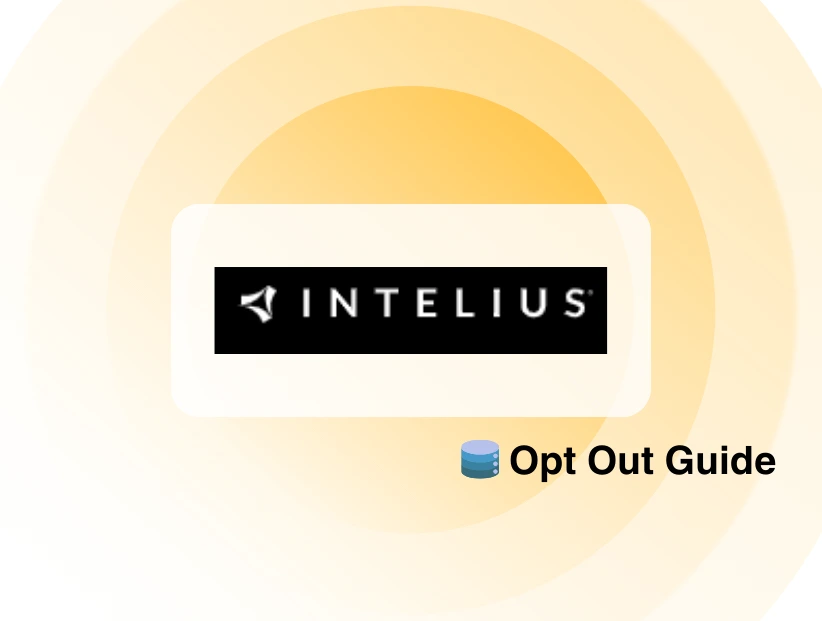The FortiGate data leak shook the cybersecurity industry, proving the fact that even high-end security systems are vulnerable and can be exposed to malicious actors. Cybercriminals managed to steal sensitive data like VPN credentials and device settings from thousands of FortiGate firewalls.
This breach serves as a wake-up call, showing how important it is for organizations to stay on top of their security updates. In this blog, we'll explore what went wrong and why protecting your data from such threats is crucial.
What Happened in the FortiGate Data Breach?
The FortiGate data leak involved two significant incidents where sensitive information was exposed.
September 2024 Incident
Hackers accessed some Fortinet files stored on a third-party cloud service, but only a small number of customers were affected. There was no malware or attack on Fortinet's central systems. The company quickly stopped the breach and took steps to improve security.
Discover if Your Most Critical Identifiers Have Been Exposed on the Dark Web
Receive timely alerts and actionable insights with PurePrivacy's Dark Web Monitoring.
January 2025 Leak
Belsen Group's hacker group leaked data from over 15,000 FortiGate firewalls, including IP addresses and VPN credentials. They exploited a security flaw that had existed since 2022. Fortinet clarified that this was related to older vulnerabilities that had already been fixed in newer updates.
These breaches highlight the importance of updating your antivirus software and continuously monitoring for security threats to stay protected at all times.
What Are the Risks of Exposed Data?
Here are some significant risks:
- Hacked Accounts: Cybercriminals might use stolen details to steal accounts, change the Settings, or misuse the data for fraud.
- Scams & Phishing: Hackers could trick users into sharing even more private information, like passwords or financial details.
- Financial Problems: If payment details were exposed, you might face unauthorized charges or even financial fraud.
What Should I Do in a Case of a Data Breach
If your information gets exposed in a data breach, follow these steps to stay safe:
Secure Your Accounts
- Update and change all passwords for each account.
Stay Alert for Scams
- Be cautious of emails or messages asking for personal details.
- Don't click on suspicious links, especially those claiming to reset your password.
Protect Your Financial Data
- Check your bank statements for any unusual activity.
- Cancel suspicious transactions and set up fraud alerts.
How to Minimize Damage in Case of a Data Breach
What's the main lesson here?
No system is 100% secure, and your data is always at some risk. But if you stay alert and act fast, you can minimize the damage.
- Set up dark web monitoring to get alerts if your personal information gets leaked so you can take action before it's misused.
- If your data is exposed, change your passwords right away, turn on multi-factor authentication (MFA), and check your accounts for anything suspicious.
Frequently Asked Questions (FAQs)
-
What was stolen in the FortiGate data breach?

Hackers leaked sensitive data from over 15,000 FortiGate firewalls, including VPN credentials and IP addresses.
-
How did the hackers access FortiGate systems?

They exploited a security flaw that had existed since 2022, targeting vulnerable firewalls that hadn't been updated.
-
Who was affected by the FortiGate data leak?

Businesses and organizations using outdated FortiGate firewalls were at the highest risk, as their network credentials were exposed.
-
What should I do if I use FortiGate?

Update your firewall software immediately, change VPN passwords, and enable multi-factor authentication (MFA) for extra security.
-
Can this breach happen again?

Yes, if security updates aren't installed. Keep your system updated and consider using dark web monitoring to stay ahead of potential breaches.
Final Thoughts
The FortiGate data breach is a clear reminder that even top security systems aren't invincible. Cybercriminals are always looking for weaknesses, and outdated software or weak security practices make their job easier. Ultimately, the best defense against cyber threats is staying one step ahead.




